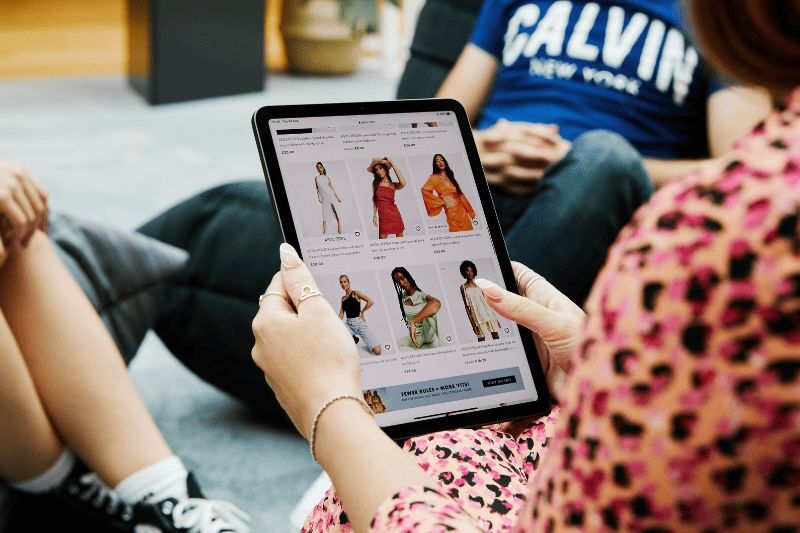Women’s fashion retailer Lipsy has selected Coremetrics to monitor and identify the most powerful branding influences in its online marketing strategy.
The deal will see the retailer using Coremetrics Analytics alongside pay-per-click management application Coremetrics Search and will enable Lipsy to see which online marketing channels most effectively drive website traffic and conversions.
Lipsy will also use the Coremetrics Explore reporting tool to present analytics data as easy-to-interpret, customisable, visual reports.
Coremetrics Search will also be used by Lipsy, in conjunction with its search agency, to verify search activity and gain a deeper insight into its search campaigns, particularly around the effectiveness of branded versus generic search terms.
“We selected Coremetrics due to its online retail pedigree and ability to provide us with granular data around products, brand terms and customer paths,” says Kristine Kirby, ecommerce director at Lipsy. “Coremetrics Explore’s user-friendly interface means we can quickly find useful, actionable insight that the whole team understands.”
And Coremetrics’ Richard Sheppard adds: “Having grown from a concession only business, Lipsy understands the importance of building a strong, stand alone brand that consumers seek out. Coremetrics delivers a 360 degree view of online marketing activity, enabling Lipsy to identify tipping points in brand building activity and channel marketing resource effectively.”
Coremetrics will supplant the retailer’s current solution, Google Analytics.








